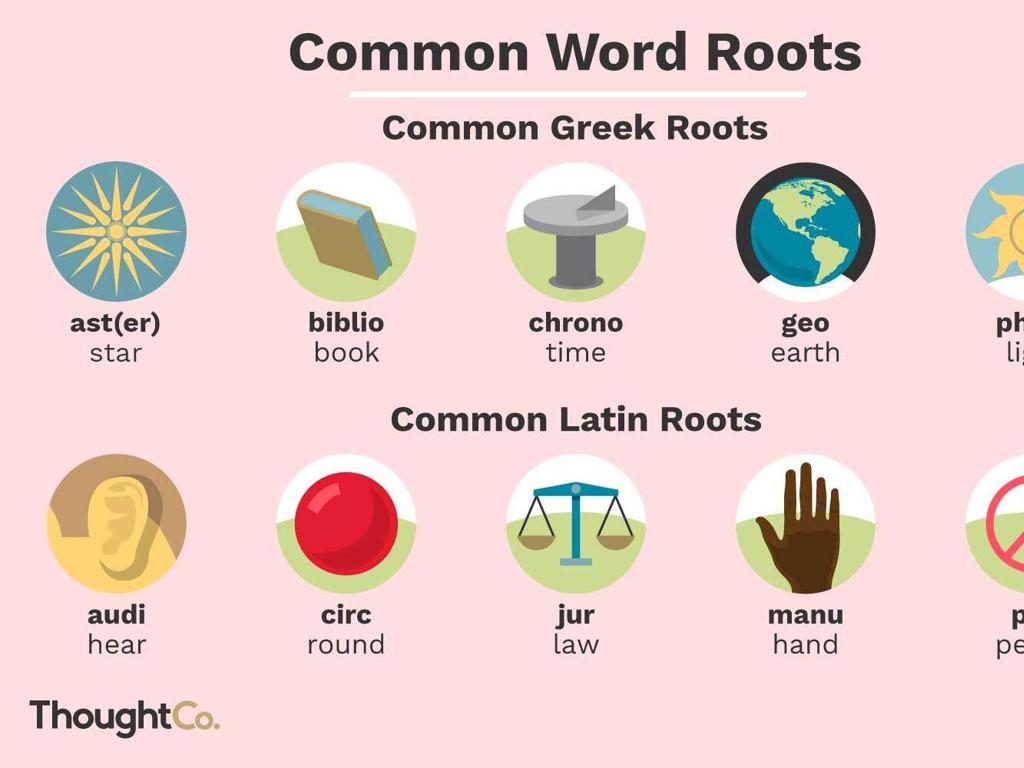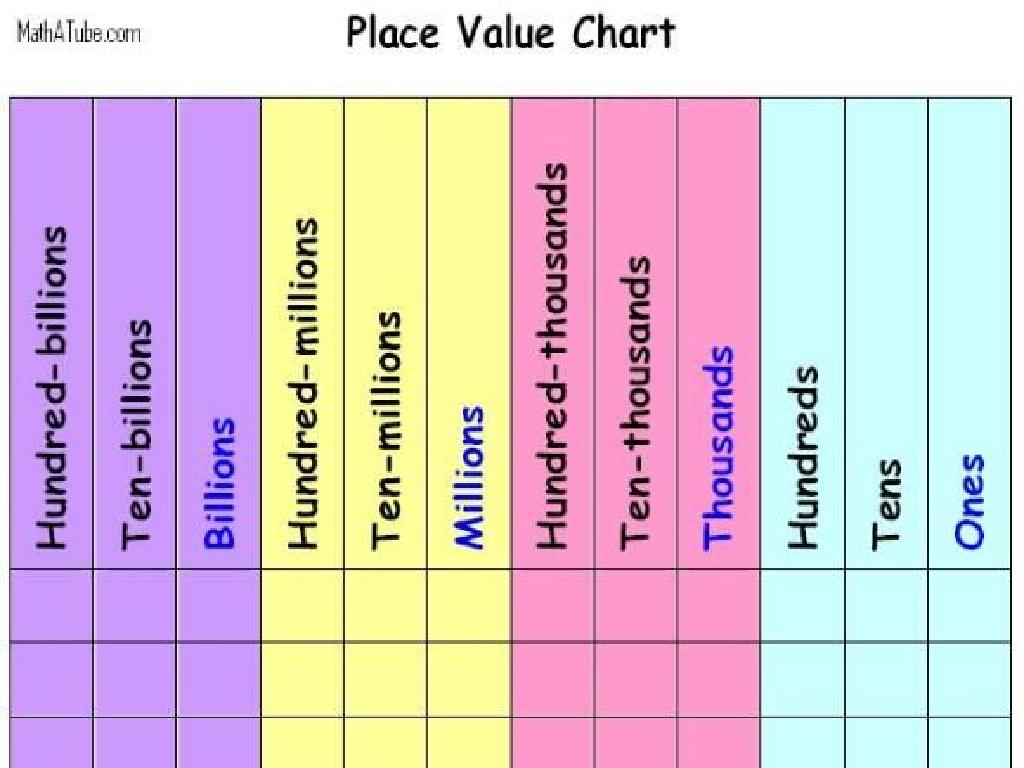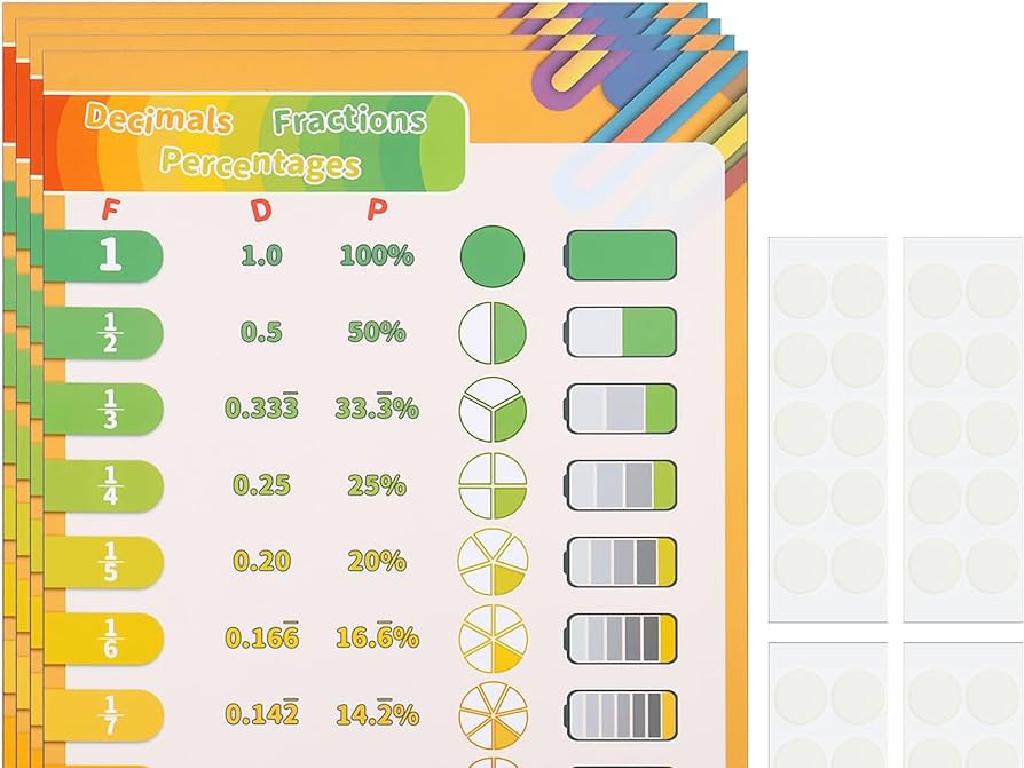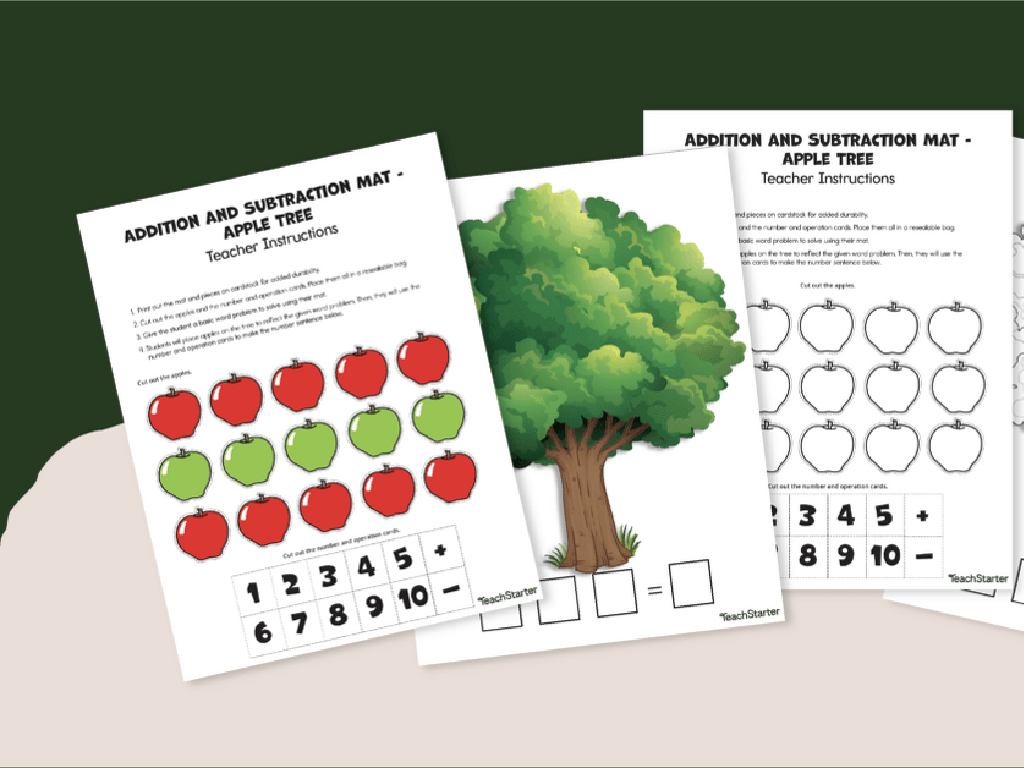Choose The Antonym
Subject: Language arts
Grade: Fourth grade
Topic: Synonyms And Antonyms
Please LOG IN to download the presentation. Access is available to registered users only.
View More Content
Exploring Synonyms and Antonyms
– What are synonyms and antonyms?
– Synonyms are words with similar meanings, antonyms are opposites.
– Same vs. opposite meanings
– Like ‘happy’ and ‘joyful’ are synonyms, ‘happy’ and ‘sad’ are antonyms.
– Importance of synonyms and antonyms
– Knowing these helps with reading comprehension and vocabulary.
|
This slide introduces the concept of synonyms and antonyms to fourth-grade students. Begin by explaining that synonyms are words that have similar meanings, such as ‘big’ and ‘large’, while antonyms are words with opposite meanings, like ‘hot’ and ‘cold’. Emphasize the importance of understanding synonyms and antonyms in expanding vocabulary, improving reading comprehension, and enhancing writing skills. Encourage students to think of synonyms and antonyms as a tool to make their writing more interesting and precise. Provide examples and plan an activity where students can practice identifying synonyms and antonyms in sentences or stories.
Understanding Antonyms
– Antonyms: Opposite meaning words
– Examples: Hot – Cold, Light – Dark
– ‘Fast’ is to ‘Slow’, as ‘Up’ is to ‘Down’
– Antonyms alter sentence meaning
– ‘The sun is hot’ changes to ‘The sun is cold’
– Practice: Choose the antonym
– Find opposites for ‘happy’, ‘full’, ‘open’
|
This slide introduces the concept of antonyms to the students. Begin by explaining that antonyms are words that have opposite meanings, which can completely change the message of a sentence. Provide clear examples like ‘Hot – Cold’ and ‘Light – Dark’ to illustrate the concept. Discuss how using an antonym in place of the original word in a sentence can alter its meaning, and give an example sentence to demonstrate this. Finally, engage the students with a practice activity where they choose the antonym for given words, reinforcing their understanding of the concept. Encourage students to think of more examples and use them in sentences to see how the meaning changes.
Choosing the Right Antonym
– Understanding antonyms
– Antonyms are words with opposite meanings.
– Using context for meanings
– Words can have different meanings; use the sentence to figure it out.
– Activity: Matching game
– Find pairs of words that mean the opposite.
– Practice with examples
– We’ll use common words to learn how to choose antonyms.
|
This slide introduces the concept of antonyms to the students and explains how to determine the correct antonym for a given word. Emphasize the importance of context in understanding the meaning of words, as it can change how an antonym is selected. The activity involves a matching game where students will pair words with their opposites, reinforcing their understanding of antonyms. Provide examples and encourage students to think of additional antonyms for practice. For the activity, prepare a list of word pairs, have students create their own list, or use flashcards for a hands-on experience. This will help students to actively engage with the concept and apply what they’ve learned.
Antonyms in Literature
– Find antonyms in poems & stories
– Authors use antonyms for contrast
– Opposite words highlight differences in characters or settings
– Activity: Spot antonyms in a paragraph
– Read the paragraph and underline the antonyms you find
|
This slide introduces the concept of antonyms within the context of literature, emphasizing their role in creating contrast and depth in poems and stories. Explain how authors often use antonyms to emphasize the differences between characters, emotions, or settings, enhancing the reader’s understanding of the text. For the activity, provide a short, age-appropriate paragraph and instruct students to identify and underline words that are antonyms. Discuss the findings as a class to ensure comprehension. Possible activities could include students writing their own sentences using antonyms, finding antonyms for a list of given words, or creating a short story using a set of antonyms.
Practice Time: Choosing Antonyms
– Understanding antonyms
– Antonyms are words with opposite meanings
– Exercise: Fill in the blanks
– Use the list of words to find opposites
– Share answers with classmates
– Discuss why you chose each antonym
– Learn from each other’s choices
|
This slide is designed for an interactive class activity focused on antonyms. Begin by explaining that antonyms are words with opposite meanings, such as ‘hot’ and ‘cold’. Provide students with sentences that have blank spaces to be filled with the correct antonyms from a given list. Encourage students to think about the meaning of each word and its opposite. After completing the exercise, students will share their answers with the class, fostering a collaborative learning environment. As they share, discuss the reasoning behind their choices, which will help reinforce their understanding of antonyms. This activity not only aids in vocabulary building but also enhances critical thinking skills.
Class Activity: Antonym Bingo!
– We’re playing Antonym Bingo today
– Listen for a word, find the opposite
– If you hear ‘hot’, look for ‘cold’
– First to get a row wins
– Shout ‘Bingo!’ to claim your prize
|
Antonym Bingo is a fun and interactive way to help students understand and practice antonyms. Prepare bingo cards in advance with a variety of words and their antonyms randomly placed in the squares. During the activity, call out a word and prompt students to find and mark the antonym on their bingo cards. The first student to mark a complete row (horizontal, vertical, or diagonal) should shout ‘Bingo!’ and win a small prize. This activity encourages active listening and quick thinking. It’s also a great way for students to learn from each other as they hear different antonyms used by their classmates. Make sure to have a list of words and their antonyms ready for the game, and consider having a few practice rounds before playing for prizes.
Wrapping Up: Antonyms
– Recap on antonyms
– Antonyms are words with opposite meanings.
– Why antonyms matter
– They help us express ideas more clearly and add variety to our language.
– Homework: 5 antonym sentences
– Use antonyms from today to write sentences. Show how they change meaning.
|
As we conclude today’s lesson, remind students that antonyms are words with opposite meanings, such as ‘hot’ and ‘cold’. Understanding and using antonyms can greatly enrich our vocabulary and enhance our communication skills. For homework, students should write five sentences using antonyms from the lesson, demonstrating their understanding of how these word pairs can alter the meaning of a sentence. Encourage creativity and the use of descriptive sentences. In the next class, we can review some of the sentences to discuss how the antonyms were used effectively.






